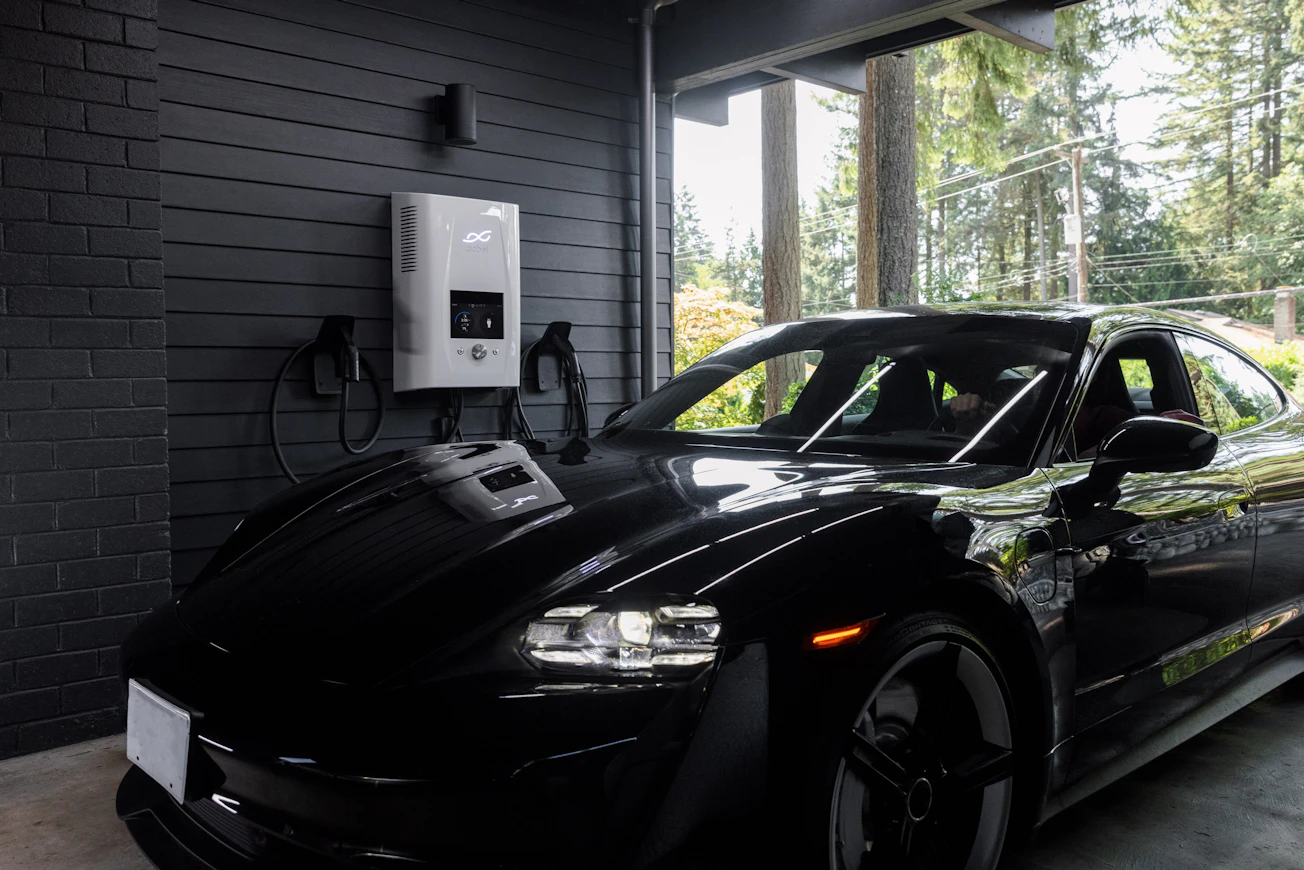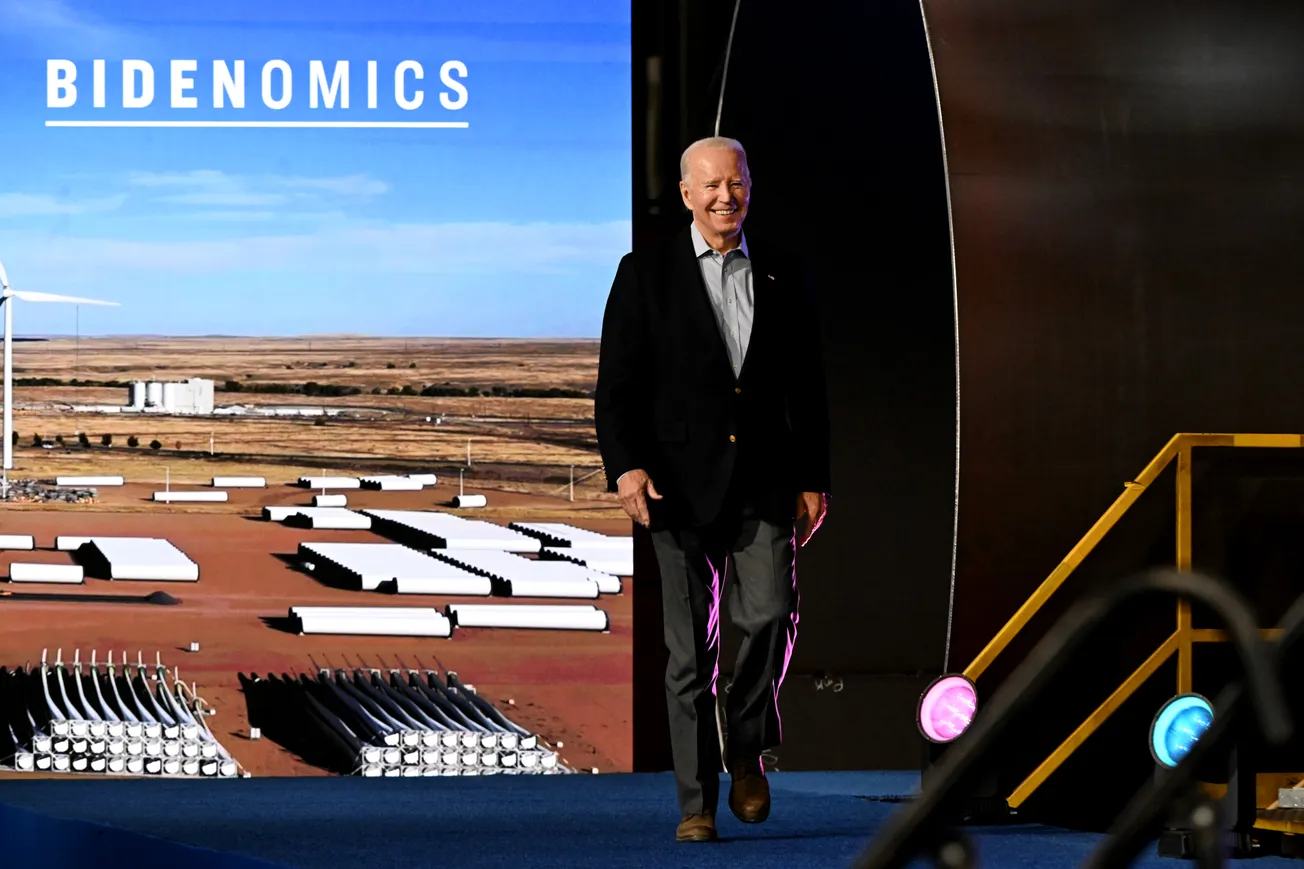By CFACT Ed on April 23, 2023
Draconian new Biden administration tailpipe emission regulations applied to cars, sports utility vehicles and pickups in the 2027 to 2032 model years “to combat climate change” with the goal of phasing out internal combustion engines in favor of electric vehicles (EVs) are entirely senseless and destructive.
- Emphases on EVs, along with so-called “green energy” (wind turbines and solar panels), makes America increasingly dependent on rare earth minerals supplied by China and Republic of Congo.
China controls a stranglehold monopoly of about 80% of the global supply, with Congo a 90% source of vital cobalt.
2. Meanwhile, the same anti-drilling ideologues who push for dependence upon enormous quantities of foreign rare earth minerals mined by slave labor in China and Congo are restricting U.S. mining and processing of same under far more responsible U.S. social and environmental safeguards.
Mountain Pass in California is the sole U.S. remaining operating rare earth mine that lost two years of production due to a 2016 bankruptcy, continues to send its mined ore to China for processing.
3. In addition to being unreliable, intermittent, and weather-dependent, wind and solar facilities have short operational lifecycles with all those costly rare earth mineral batteries winding up in environmentally toxic landfills.
Nor do advertisers ever seem to mention that breezy intermittent wind outputs
4. Enormous added EV burdens will overwhelm and destabilize already overstressed U.S. power grids requiring trillions of dollars of new spending to upgrade this infrastructure, including transmission lines from remote locations and tens of thousands of recharging stations.
Also, in addition to many billions of dollars required to develop a national highway charging network, fast charging to make them more attractive for long trips imposes other costly infrastructure upgrade requirements.
5. Given increased demands for electricity, all proposed energy cost benefits over petrochemicals are illusory, particularly with a growing number of companion legislative proposals to ban natural gas hookups in new construction.
Although 53% of respondents to a Siena College poll opposed it, New York became the first state to ban fossil-fuel building connections, with Democrat Gov. Kathy Hochul favoring legislation to force an all-electric building mandate for new homes ending gas-powered stoves, water heaters, furnaces and clothes dryers.
Some U.S. municipalities, including many Democratic-led cities in California, have all-electric building mandates, while lawmakers in some Republican-led states have passed laws blocking cities from imposing such requirements.
6. Increased electricity costs will disproportionately burden low-income metropolitan populations that don’t own private autos … most current EV owners are affluent urbanites and suburbanites who purchase them as second cars.
In California, the state with more EVs than any other, highest concentrations — between 10.9% and 14.2% of all vehicles — are in ZIP codes where residents are at least 75% white and Asian, whereas ZIP codes with the largest percentages of Latino and Black residents have extremely low proportions of EVs.
Atherton — one of the nation’s richest towns with an average home value of almost $7.5 million and average household income exceeding half a million dollars — has California’s highest percentage of EVs, about 14%.
7. EV performance makes them most suitable for short trips and commutes in urban applications in temperate climates … cold weather dramatically limits driving range and battery life.
According to Consumer Reports, frigid temperatures can reduce an unplugged EV’s range by about 20%, running cabin heaters and defrosters further saps batteries, and recharging takes longer than in warm weather.
8. EVs are heavily subsidized in multiple ways: through direct federal and state tax benefits to purchasers; through government loan incentives to manufacturers; and through added production costs passed on to gasoline vehicle purchasers. Ford, Toyota, Volkswagen, Honda, Nissan, and Subaru have meanwhile all had to adjust sales prices upward due to the scarcity of semiconductors, a supply condition that will only become more precarious as government- mandated EV numbers multiply.
9. EPA and other government regulatory pressures to influence rational taxpayer and consumer choices in sources of energy they use and the vehicles they purchase directly violate foundational free market principles and forces that underpin America’s social and economic greatness.
As noted by Wall Street Journal editors, “While the rules don’t dictate the specific cars or models that must be made, the [Biden] administration is remaking a major industry in a way that is “Chinese-style central planning as auto makers answer first to their political overlords rather than consumers and investors.”
10. No benefits whatsoever will result from this unwarranted climate-alarm based destruction of U.S. fossil-fueled energy independence, prosperity and national security.
Anyone bothering to check facts will realize that theoretical climate models have confirmed to have been running far too hot, that recent decadal extreme U.S. weather conditions have not become either more frequent nor severe, and that global sea level rises have not accelerated over the past century.
In summary, all of this insanity is premised upon addressing a non-existent climate crisis applying enormously costly and destructive measures with no measurable benefits which simultaneously empower the sort of government tyranny we claim to deplore in adversarial countries that now exploit our consequential self-inflicted weaknesses.
This article originally appeared at NewsMax. Link to article on the CFACT website.









